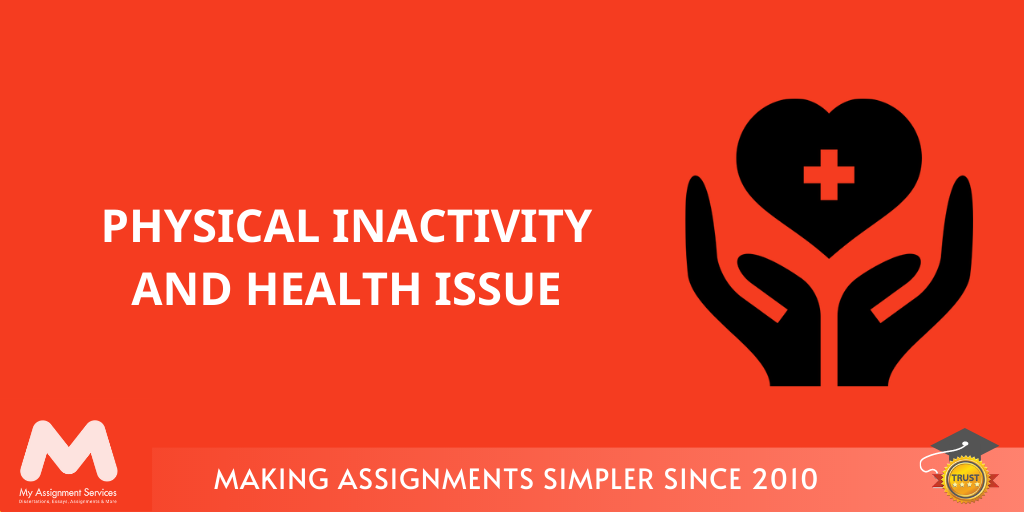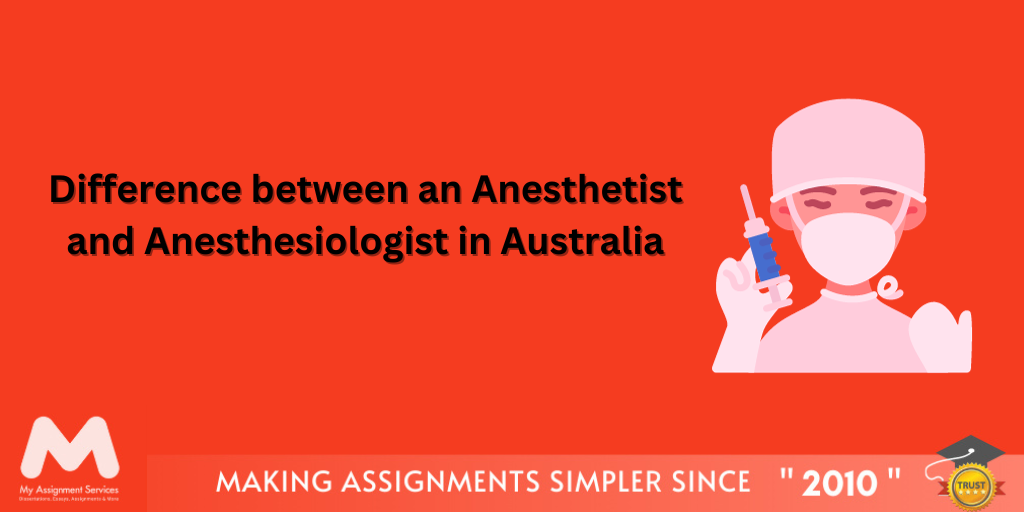
In the 21st century’s simple, convenient, and ultramodern lifestyle, perfected by the stupendous integration of technology outperforming itself, the human’s relationship with the etymology of the term ‘comfort’ has significantly matured, in contrast to ‘physical activity’. In fact, all the technological advancements we are talking about, have only been aiming for the one unified standard, i.e., how to discover more comfort. While on the other hand, the same “technological advancements” asking for a little bit of physical commitment, suddenly begins to have negative connotations chasing its very inception towards a bullied end. And since we all have the option to always go the ‘smart’ way, we unfortunately tend to overlook the importance of less-smarter ways, and its silent contribution in keeping our health intact. This is why physical inactivity continues to be one of the biggest health challenges of our times.
Just to give ourselves an idea, a whopping 3.2 million deaths are caused by physical inactivity every year. Though none of the diagnosis mention the immediate cause of such loss to physical inactivity, because it rather invites dozens of other chronic diseases (at least 35 of them, directly linked with inactivity), like diabetes, obesity, hypertension, peripheral artery disease, etc., to do its job, by significantly reducing the quality of their lives for as long as they live, until the untimely end finally strikes.
The health risks attributed to physical inactivity
Little or no physical activity has been the greatest risk factor behind inviting cardiovascular disease, and innumerable other chronic conditions, including –
- increased biological aging,
- consequently to which is premature death;
- obesity; metabolic syndrome;
- low cardiorespiratory fitness [VO2max],
- insulin resistance, prediabetes, and the type 2 diabetes;
- sarcopenia; fatty liver disease [non-alcoholic],
- coronary heart disease; stroke;
- heart failure; arterial dyslipidemia;
- endothelial dysfunction;
- hemostasis;
- DVT;
- cognitive malfunction like Alzheimer's dementia;
- anxiety;
- depression; and,
- various forms of cancer, etc.
There is no contestation on the fact that all these diseases have been the most avoidable ones along with being the greatest killer.
What does the W.H.O. say on a major health issue
To begin with the general statistics and set the stage – according to the W.H.O. records, 2008 was the year of preponderance of less-than-adequate physical activity was the highest, for Americas as well as the Eastern Mediterranean Region. Keeping the very region as the point of study, W.H.O. suggested that in either of the regions, there are about 50% of women who do not abide by a routine for a required amount of physical activity. Whereas, the same was the problem for 40% of the men in the Americas and 36% in the Eastern Mediterranean. South East Asian Region, meanwhile, reported much lower and less alarming statistics, e.g., the rates it recorded were 15% for the men, and about 19% of the women. Moreover, in almost all WHO Regions, women turned out to be more physically inactive than men. The point of only showcasing the statistics of the Americas and Eastern Mediterranean region was for the fact what W.H.O has disclosed in addition to others - ‘this was also the case in nearly every country’. Now, with our minds more aware of the realities surrounding the physical inactivity, let us dive into the positive and workable part of the paper.
The perks of overcoming physical inactivity
There are literally hundreds of benefits that accompany physical activity. Following a proactive lifestyle is beneficial in preventing diseases that are otherwise, only manageable in the later phase of contracting them.
- The immediate perks of overpowering physical inactivity and sedentary lifestyle is the outstanding improvements in mental health. The effects range between ameliorated state of cognitive abilities, to decreased anxiety and depression.
- Physical activity along with a healthy diet helps in weight management, and reduces obesity, which itself is the primary cause of numerous chronic diseases.
- Reduces the risk of cardiovascular disease, which is often the most pernicious one.
- Physical activity can help in preventing several types of Cancer including Breast Cancer, Colon Cancer, Bladder Cancer, Lung, and Stomach Cancer.
- Physical activity is inclemently good for bones in young as well as seniors. It prevents the risk of accelerated loss in bone density. In fact, studies have shown that people who tend to follow an active lifestyle, are less likely to get hip fractures, which is for the most part, disabling. Needless to mention, physical activity also betters muscle growth and strength.
- It prevents arthritis.
- Physical activity that consists of the basic exercises like running, jogging, cycling, etc., helps in staying motivated. It also works as a morale-booster.
- Longevity, which is the end goal of all remedies.
- Improves overall metabolism in your body.
- And, from the social perspective, a good quality of life and healthy and cheerful relationships.
The Conclusion
The ‘sedentary behavior’, or the disposition of preferring physical inactivity over a proactive approach, is what we have undoubtedly received as an immediate offering of our lifestyle choices, backed by the off-track technological advancements. However, as long as all such choices and technological abilities are still a choice, only we are to be held responsible for our health. It cannot be stressed more that physical activity is the only way out from the most common diseases that also have a reputation of being the most rampant and persistent ones, taking over innumerable lives with the aim of reducing their quality, and nearing them to a fatal conclusion.
In contrast to which are the endless possibilities that the world still remains entitled to; however, given that there needs to be an effort rising out of the individual. There are endless resources of information regarding the negative effects of physical inactivity, which can readily be utilized in their personal endeavors to correct the health issue for one. And, just as the wave, it will be reaching all the shores.
Related Study Materials
Our Experts can answer your Assignment questions instantly.
Ask Question0 Comment
Get It Done! Today
1,212,718Orders
4.9/5Rating
5,063Experts













Loved reading this Blog? Share your valuable thoughts in the comment section.
Add comment